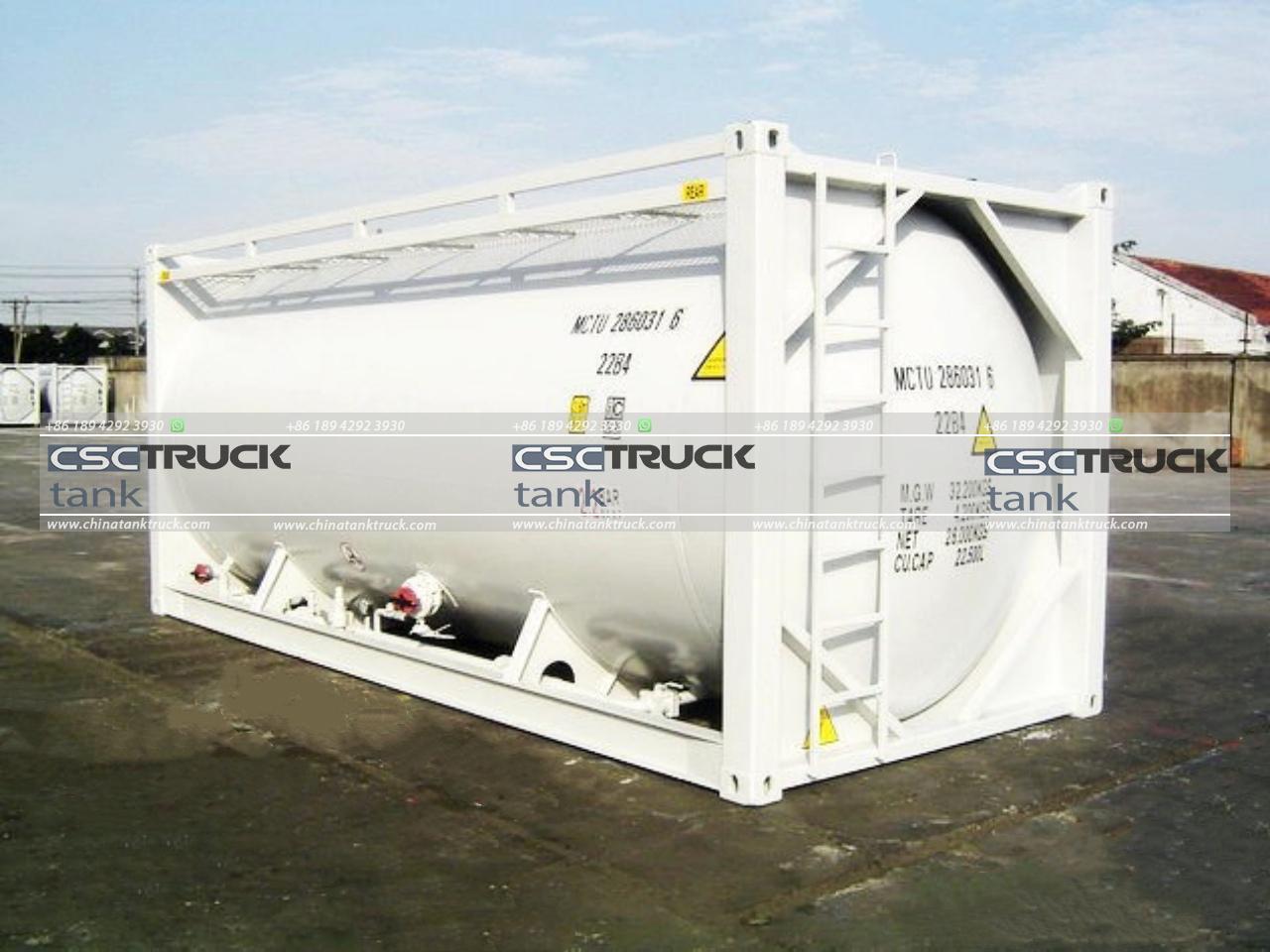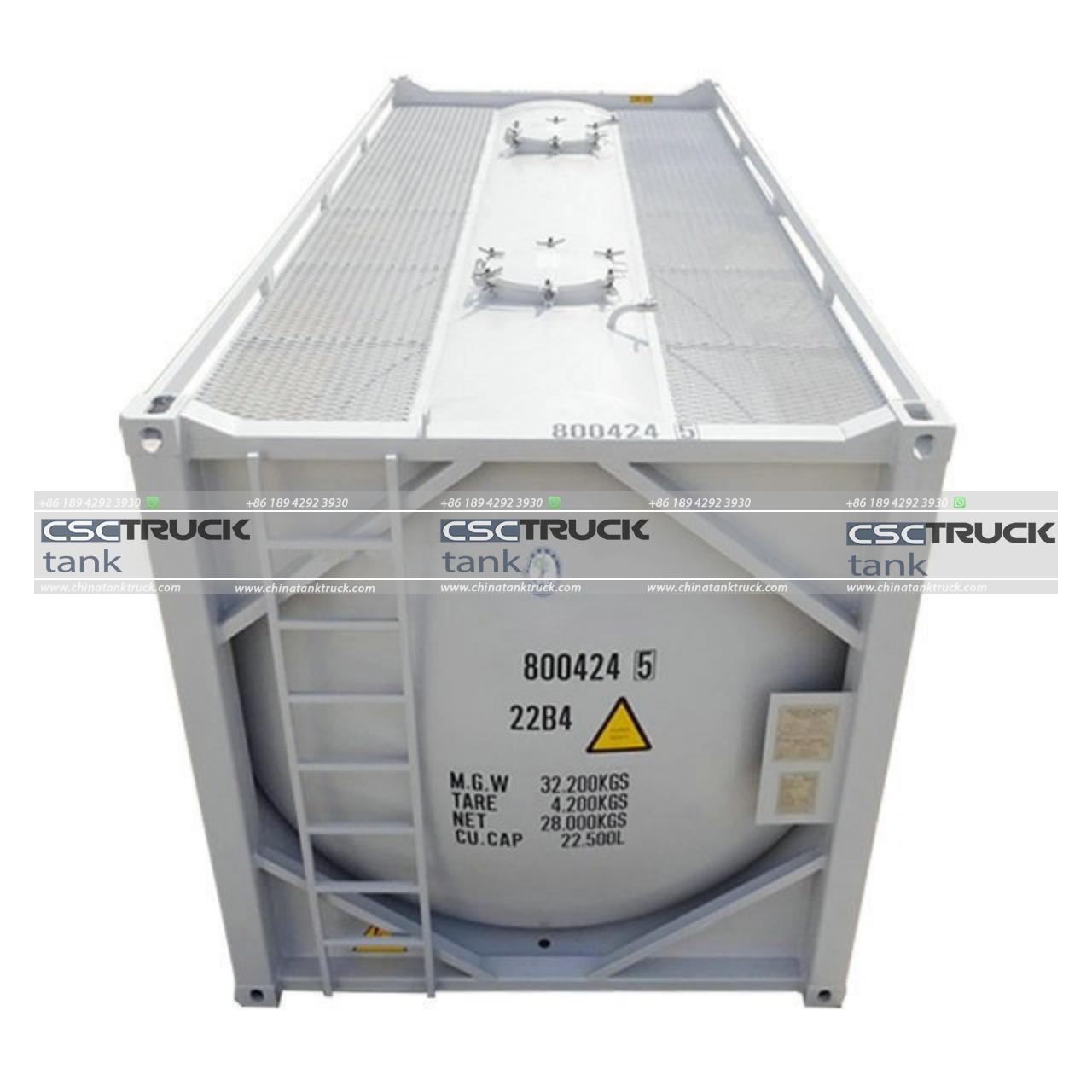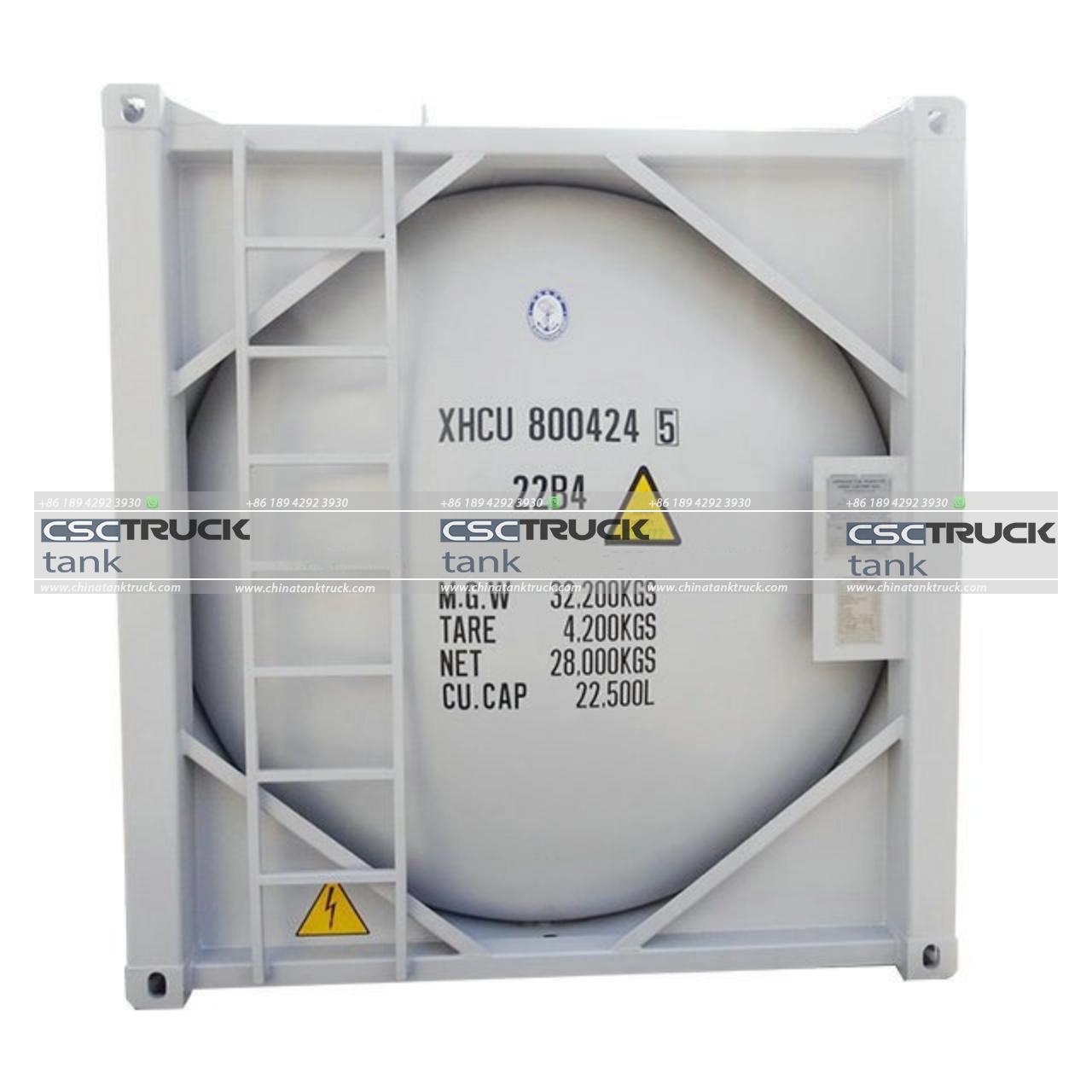What is the 80/20 Rule for ISO Tanks?
The 80/20 rule for ISO tanks, also known as the “Fill Rule” or “Load Limitation Rule,” is a safety guideline that applies to the transportation of liquids, particularly hazardous chemicals, using ISO tanks (Intermodal Shipping Containers). ISO tanks are specialized containers designed for the transportation of bulk liquids via rail, road, and sea, and this rule helps ensure both the safety and efficiency of transporting these liquids.
In this article, we will explore the 80/20 rule for ISO tanks in detail, discussing its origins, practical application, and importance in the logistics and transportation industry.
What is an ISO Tank?
An ISO tank is a cylindrical, stainless steel container with an outer layer of insulation that is mounted inside a steel frame to meet international standards. The tank is used to carry liquids such as chemicals, gases, food-grade liquids, and hazardous substances. These containers are specifically designed to provide safe transportation and storage while conforming to stringent safety regulations and operational requirements.
The typical size of an ISO tank is 20 feet long, but they come in various sizes to meet specific needs. These tanks have become essential to industries that require reliable transportation of bulk liquids because of their versatility, safety features, and global standardization.

What is the 80/20 Rule?
The 80/20 rule for ISO tanks is a guideline that states:
1. ISO tanks should not be filled beyond 80% of their total volume, leaving at least 20% of the container as empty or ullage space.
2. This unfilled 20% volume is crucial for accommodating the expansion of the liquid during transportation due to temperature variations.
While the rule itself is simple, its implications for safety, efficiency, and compliance with regulations are significant. This rule ensures that liquid does not exceed the tank’s capacity when it expands during transit, preventing accidents, spills, and damage to both the cargo and the tank.
Importance of the 80/20 Rule for ISO Tanks
1. Thermal Expansion of Liquids
One of the most important reasons for implementing the 80/20 rule is to account for the thermal expansion of liquids. Liquids can expand significantly when exposed to higher temperatures. If a tank is filled beyond 80% capacity, there may not be enough space for the liquid to expand, increasing pressure within the tank. This can lead to leaks, ruptures, or other hazardous incidents during transit.
For example, a tank filled to 100% of its capacity in cooler climates may seem perfectly safe, but as the tank moves through warmer environments, the liquid inside could expand beyond the tank’s safe limits. This can result in over-pressurization or spilling of the contents, posing significant risks, especially when transporting hazardous chemicals or gases.
2. Safety in Transportation
ISO tanks often travel long distances across different climates and weather conditions. The 80/20 rule ensures that there is sufficient space within the tank to absorb the changes in the liquid’s volume due to temperature fluctuations. Without this ullage, the tank could become a hazard, endangering the cargo, transport vehicles, and even the personnel involved in the logistics chain.
Adhering to the 80/20 rule prevents over-pressurization and reduces the risk of catastrophic failures. In the worst-case scenario, an overfilled tank can rupture, leading to an environmental disaster or posing a threat to human life, especially in the case of hazardous chemicals or flammable liquids.
3. Compliance with International Regulations
Transportation of hazardous materials is regulated by international guidelines, including those established by organizations such as the International Maritime Organization (IMO) and the Department of Transportation (DOT). These organizations enforce stringent standards to ensure the safe movement of goods across the globe, particularly for dangerous goods.
The 80/20 rule is embedded in many of these regulations. Failing to adhere to it can result in non-compliance with international or local laws, leading to fines, penalties, or even the confiscation of cargo. For companies involved in global shipping, adherence to the rule is crucial to maintaining compliance with regulatory bodies and avoiding costly legal issues.
4. Protection of ISO Tank Integrity
ISO tanks are valuable assets that can be reused for many years, provided they are maintained properly. Following the 80/20 rule not only helps protect the cargo but also preserves the integrity of the tank itself. Excess pressure caused by overfilling can damage the tank’s structure, leading to costly repairs or premature decommissioning.
A damaged tank may develop cracks, leaks, or become structurally unsound, making it unsuitable for future use. By maintaining proper fill levels, companies can prolong the lifespan of their tanks and reduce maintenance costs.

Practical Applications of the 80/20 Rule
1. Chemical Transportation
When transporting chemicals, especially those with volatile properties, the 80/20 rule becomes particularly important. Many chemicals can change volume significantly with temperature shifts, and failure to leave ullage space can result in leaks or the release of hazardous fumes.
For example, chemicals like sulfuric acid or ammonia can expand considerably, so the additional 20% ullage acts as a buffer against temperature changes, preventing dangerous overflows or leaks.
2. Food-Grade Liquids
The transportation of food-grade liquids, such as oils or fruit juices, also benefits from the 80/20 rule. Even though these liquids may not be hazardous, spoilage, contamination, or spillage during transit can cause financial losses.
Ensuring proper ullage for thermal expansion helps maintain the quality and safety of the transported goods, avoiding unnecessary spoilage or loss.
3. Cryogenic and Pressurized Gases
In cases where ISO tanks are used to transport cryogenic gases (such as liquid nitrogen) or pressurized gases (like propane or butane), the 80/20 rule is still relevant. Although these gases are often transported at very low temperatures, the rule is applied to ensure the tanks have sufficient space for any unexpected expansion.
Challenges and Misinterpretations of the 80/20 Rule
Although the 80/20 rule is widely recognized and applied, there are occasional misinterpretations or challenges associated with it. For example, some operators may mistakenly believe that the rule applies uniformly across all liquids. In reality, the extent of thermal expansion depends on the specific properties of the liquid being transported, such as its coefficient of thermal expansion. For liquids with a low coefficient, the ullage may not need to be exactly 20%, while for others, additional space may be required.
Operators must also consider the tank’s design temperature and whether it is built to handle a specific range of temperatures. This consideration can sometimes allow for slight deviations from the 80/20 rule, though safety should always remain the priority.

Conclusion
The 80/20 rule for ISO tanks is a fundamental safety guideline in the transportation of liquids, particularly hazardous or sensitive materials. It ensures that sufficient ullage space is available to accommodate the expansion of liquids due to temperature changes, thereby preventing over-pressurization, leaks, and potential accidents. Adhering to this rule is critical for maintaining safety, compliance with international regulations, and the longevity of ISO tanks. In industries like chemical transport, food logistics, and cryogenic gas movement, the 80/20 rule is not just a recommendation but a best practice that safeguards the cargo, the tanks, and the people involved in the logistics chain.

